My latest commercial piece is a recruiting video designed to attract talent to the Allen Institute for Artificial Intelligence, which has it’s offices tucked along the north shore of Lake Union here in Seattle.
I was thrilled to have the opportunity to work with the best gaffer in Seattle, Jeremy Mackie, on this project. But I got more than just his top-notch lighting skills. After many years lighting films like Eden and Fat Kid Rules the World, Jeremy is looking to step behind the camera and work as a DP. I was thrilled to give him the opportunity on this project, and I think the results speak for themselves. Having a DP who knows lighting inside out, backwards and forwards the way Jeremy does is just epic.
Rounding out the crew on this one were Mike Astle, grip; Justin Dolkiewicz-Kotsenas, AC, and Nickolas Abercrombie, sound. I did the drone work myself with a Phantom 3.
Ryan Schwalm was my camera assistant/grip on the pickup shots.
A couple things worth mentioning technically: As you can see in the photos above, we used a Dana Dolly for most of the b-roll. It really brought some life the office scenes, which would have otherwise been pretty static. I had the dolly mounted on low-boy combo stands with rollers, which made it quick and easy for Jeremy to pick up the b-roll we needed while the rest of the crew was packing up at the end of the day.
And take a look at that hand-made LED light, hey? It’s a real piece of work, something Jeremy cobbled together from parts supplied by Lite Gear. It was a great fill source: portable and color-temperature controllable with very high CRI. I want to make one!
Finally, we used a pair of powerful HMI lights on this shoot, an M18 and 800-watt Joker, to bring up the interview subjects to match the window light in the background. But in one case, this approach backfired. When the CEO saw the rough cut, the CEO felt he was squinting too much as a result of all that light. So we had to reshoot him, using mostly natural window light with a single Kino Tegra for fill. It’s great to play with the big guns, but keeping it simple is sometimes best when it comes to working with non actors.
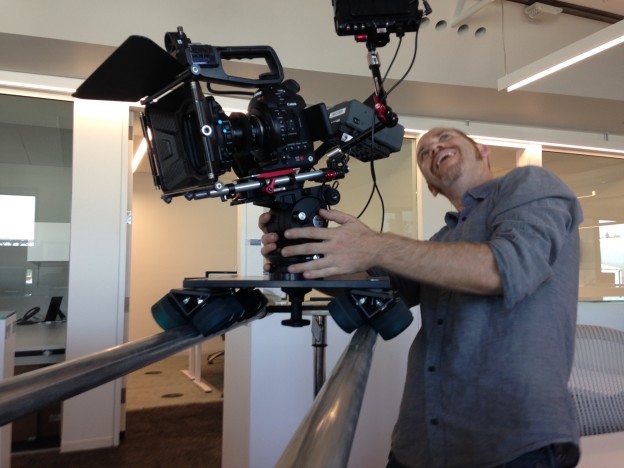
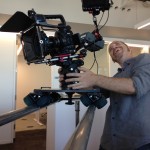
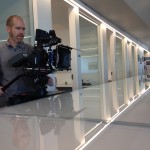
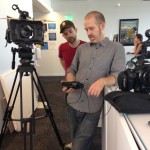
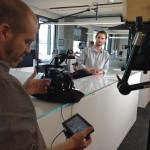
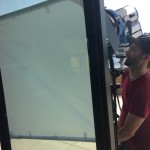
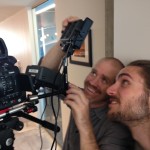


 With the Phantom 3, you get the ability to set the response curve of the sticks (see graphic at right) without connecting to a computer. All the configuration options are a few swipes away in the DJI Pilot app.
With the Phantom 3, you get the ability to set the response curve of the sticks (see graphic at right) without connecting to a computer. All the configuration options are a few swipes away in the DJI Pilot app.